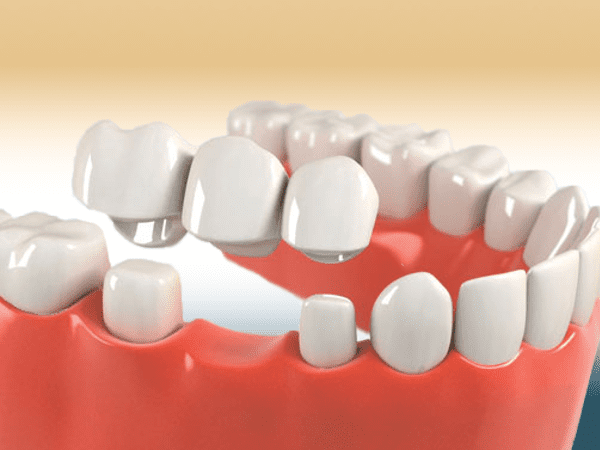Dental Crown & Bridges
A dental crown, often referred to as a cap, is a protective covering placed on a tooth that has undergone a root canal treatment, suffered chipping, discoloration, or weakened structure, often due to decay.
Key Benefits:
- Protection and Strength: Crowns safeguard the tooth and provide added strength, ensuring its longevity and functionality.
- Improved Chewing: They enhance the ability to chew and bite, allowing for better oral function.
- Restoration of Tooth Shape: Dental crowns restore the natural shape and appearance of the affected tooth, contributing to an aesthetically pleasing smile.
- Prevention of Further Damage: Crowns act as a barrier against additional damage or decay to the treated tooth.

Dental bridges, on the other hand, consist of multiple crowns placed on adjacent teeth, serving the dual purpose of restoring missing teeth and maintaining overall oral health.
The placement of a dental crown involves a well-structured two-step procedure. Initially, the tooth undergoes preparation to accommodate the crown. Subsequently, an impression of the prepared tooth is taken and sent to a specialized laboratory. At this lab, crowns and bridges are meticulously crafted using cutting-edge materials that closely emulate the natural tooth, ensuring long-lasting durability.
During the interim period while the permanent crown is being created, a temporary crown is skillfully fashioned to protect the tooth. Once the final crown or bridge is ready, the tooth is scrupulously cleaned and prepared for placement. A specialized adhesive cement is then employed to securely affix the permanent crown or bridge in its designated position, completing the process with utmost care and precision.